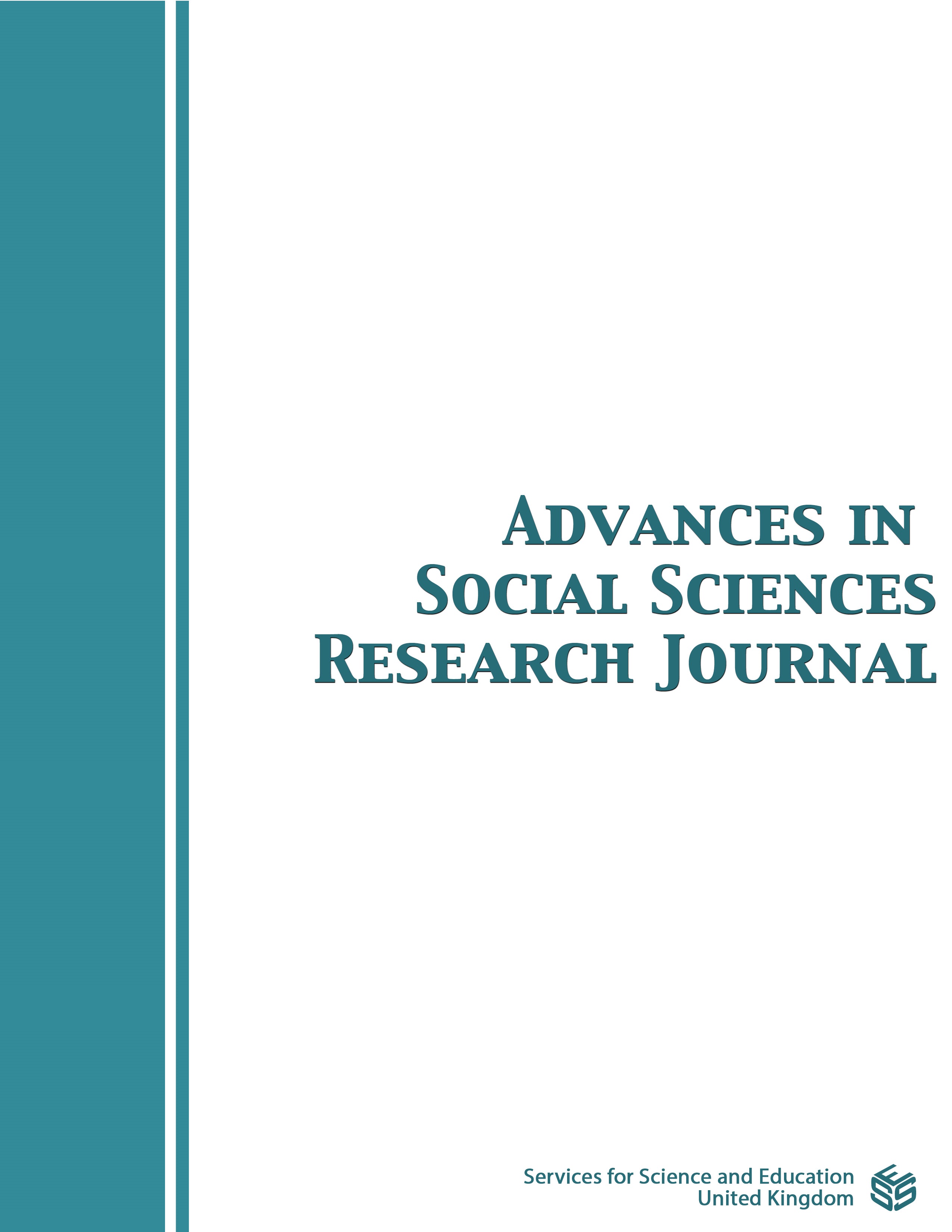Assessing Accented Speech with a Data-Based Assessment Framework: The Key to Evidence-based Accent-Management
DOI:
https://doi.org/10.14738/assrj.115.16953Abstract
Background: Foreign-accent Management continues to be a rapidly growing area. However, due to the vast variability and lack of professional regulation in this area of practice, Speech-language Pathologists and English-as-Second-Language teachers grapple with the basics of assessment, setting goals, planning therapy, and identifying successful outcomes for accent Management. Purpose: The purpose of this paper is to introduce practitioners/teachers to a framework of assessment of accent-related communication concerns. The CAAI assessment framework provides major areas to include in assessment of accented speech, along with methods to assess with key examples. Using a proven assessment framework helps identify the key speech and language issues that interfere with communication, thereby setting an useful baseline for effective intervention, numerically tracking progress along the way, and conducting a systematic post-intervention outcome assessment. Methodology: Twenty-two areas of communication are identified and described in detail as key areas to identify accent-related concerns. Pre- and post-therapy assessment data, intelligibility judgments by independent raters, and the clients’ judgments are used to quantitatively diagnose, set goals in therapy, and measure eventual therapy outcomes. Conclusions: Use of a data-driven, objective assessment method helps clinicians to be evidence-based, systematic, and consistent in helping individuals with accented speech. As a result, clients’ goals of clear communication can be met rapidly and efficiently.
Downloads
Published
How to Cite
Issue
Section
License
Copyright (c) 2024 Amee P Shah

This work is licensed under a Creative Commons Attribution 4.0 International License.
Authors wishing to include figures, tables, or text passages that have already been published elsewhere are required to obtain permission from the copyright owner(s) for both the print and online format and to include evidence that such permission has been granted when submitting their papers. Any material received without such evidence will be assumed to originate from the authors.






